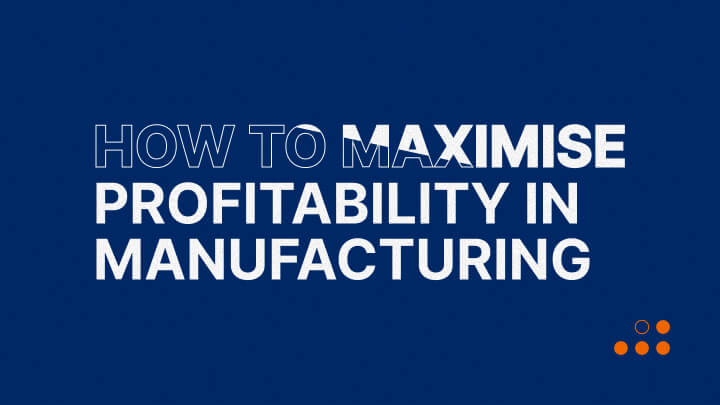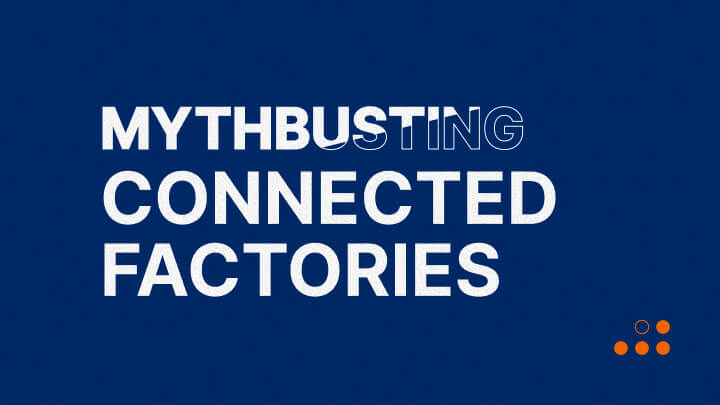Food waste is one of the most pressing global issues today. According to the United Nations, approximately one-third of all food produced globally is lost or wasted (UNEP, 2021) . This not only represents a significant financial loss for both consumers and producers, but also contributes to environmental degradation, as wasted food generates greenhouse gas emissions and depletes natural resources.
For food manufacturers, reducing food waste is not only about sustainability; it's also about improving efficiency, reducing costs, and meeting consumer demand for environmentally responsible products.
The Environmental and Economic Costs of Food Waste
Food waste in manufacturing affects both ends of the supply chain, from raw materials that are lost due to inefficiencies, to finished products that fail to meet quality standards. Waste at the production level can have a significant environmental impact due to the energy, water, and land resources used to produce the wasted food. Economically, the food industry loses billions annually due to inefficiencies in the production process (McKinsey & Co) .
Strategies for Reducing Food Waste in Manufacturing
Food manufacturers have several options to reduce food waste. While traditional methods focus on optimising production and better handling of ingredients, technology-driven solutions are gaining traction. Such technology-driven strategies include:
1. Optimising Production Processes
Many manufacturers are improving production efficiency by analysing their processes to identify areas where waste occurs, such as during equipment changeovers, recipe formulation, or poor inventory management. By streamlining these processes, manufacturers can reduce the amount of waste generated. For example, Yeo Valley has significantly reduced waste by minimising interruptions on their packing machines.
They've achieved this by investing in higher-speed filling machines and advanced packing technology, which reduces the need for human interaction with products, leading to decreased waste and enhanced efficiency.
2. Better Forecasting and Inventory Management
Accurate demand forecasting, often enabled by advanced data analytics, helps manufacturers produce the right amount of food to meet consumer demand without overproducing. Inventory management systems also help ensure ingredients are used before their expiration dates, reducing waste. For instance, Froneri implemented a strategy to reduce their list of recipes, which in turn decreased the number of production lines and SKUs required.
This change allowed retailers to track inventory more effectively and reduced the need for clean-downs between production runs, ultimately helping to cut down on food waste.
3. Utilising Surplus and By-products
Finding ways to repurpose surplus ingredients or by-products is another effective method of reducing waste. Some companies have found innovative uses for food that would otherwise be discarded, such as using vegetable scraps to make broth or turning food by-products into animal feed. BROP , for instance, has redirected produce that might previously have been considered waste by collaborating with Tesco. Through Tesco's "Perfectly Imperfect" range, they use “wonky veg” and sell baby potatoes in Slovakia and the Czech Republic, finding new uses for produce that doesn't meet standard retail aesthetics.
This change allowed retailers to track inventory more effectively and reduced the need for clean-downs between production runs, ultimately helping to cut down on food waste.
4. Data-Driven Machine Connectivity for Waste Reduction
One of the most effective ways to cut food waste in manufacturing is through data-driven machine connectivity . Platforms like MIP (Manufacturing Insights Platform) enable manufacturers to connect all their machines on the production floor, collecting real-time data on their processes. This data helps identify inefficiencies and bottlenecks that lead to food waste, such as temperature fluctuations, machinery malfunctions, or overproduction.
With real-time data, manufacturers can monitor and adjust production processes instantly, preventing waste from occurring. For instance, if sensors detect a temperature fluctuation that could spoil a batch, a data-driven platform could then immediately alert operators to correct the issue or halt production temporarily. In another scenario, if data shows a particular machine consistently runs over capacity, causing product spillage, adjustments can be scheduled to prevent overproduction and align output with demand.
The Role of Technology in the Future of Food Waste Reduction
As food manufacturing becomes increasingly digitised, the role of technology in reducing waste will grow. Real-time data analysis, AI, and IoT will allow manufacturers to optimise every step of the production process, from ingredient sourcing to packaging. Platforms like MIP provide actionable insights that can be used to continuously improve production, reduce waste, and improve sustainability metrics.
Conclusion: Data-Driven Solutions are Key to Reducing Food Waste
Reducing food waste is not only essential for protecting the environment but also for improving the profitability and efficiency of food manufacturers. While traditional methods like improving production practices and better inventory management are important, data-driven solutions provide the next level for waste reduction. By integrating real-time data and machine connectivity, food manufacturers can monitor, adjust, and optimise processes to minimise waste and meet the growing demand for sustainable products.
By embracing a data-driven approach, food manufacturers can not only save money and resources but also position themselves as leaders in sustainability, meeting consumer and regulatory demands for a more environmentally responsible food production process.




